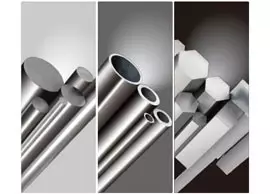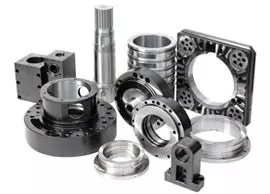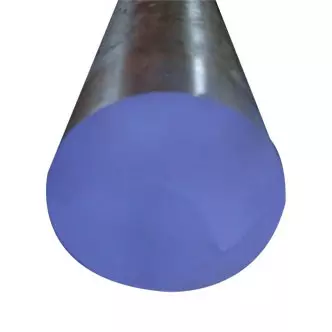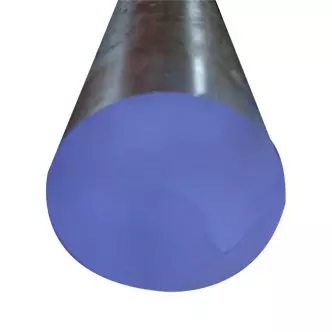SKD11
Tool Steel
Equivalent Grades: GB Cr12MoV, JIS SKD11, AISI/SAE D3, DIN 2X165CrMoV12. SKD11 is the tool steel, die steel, and high carbon steel possessing high hardness, strength and wear resistance. Its surface is grinded precisely. It is often used for the stamping dies, plastic molds, and so on.
High-Carbon High-Chromium alloy steel
Purpose
SKD11 is widely used in cold work die steel.
International Comparison of Materials
| EU EN | INTER ISO | USA AISI | JAPAN JIS | GERMANY DIN | CHINA GB | FRANCE AFNOR | ITALY UNI |
|---|---|---|---|---|---|---|---|
| -- | -- | D2 | SKD11 | X165CrMoV12 | Cr12MoV | -- | -- |
| SPAIN UNE | Sweden SS | Finland SFS | Poland PN | Czechia CSN | Austria ONORM | Russia GOST | England BS |
|---|---|---|---|---|---|---|---|
| -- | -- | XW-41 | -- | -- | -- | BD2 | -- |
**This comparison table is for reference only. The standards and grades of various countries have slightly different chemical compositions. Please refer to the database for details.**
Chemical Composition(JIS G4051)
| C(%) | Si(%) | Mn(%) | P(%) | S(%) | Ni(%) | Cr(%) | V(%) | Cu(%) |
|---|---|---|---|---|---|---|---|---|
| 1.4-1.6 | 0≦0.4 | 0≦0.6 | 0≦0.03 | 0≦0.03 | 0≦0.5 | 11.0-13.0 | 0.2-0.5 | 0≦0.25 |
Conditions of heat treatment
- Annealing: 830~880℃ Furnace Cooling
- Hardening: 1000~1050℃ Air Cooling
- Tempering: 150~200℃ Air Cooling or 530~550℃ Furnace Cooling
Criterion for heat treating conditions revise:
- Ac: 815~875℃
- Ar: 765~705℃
- Ms: 200℃
Mechanical properties
Tensile strength (kgf/mm²): 128
Yield strength (kgf/mm²): 103
Elongation (%): 15.6
Cross section reduction rate (%): 38
Impact value (J/cm2): 2
Hardness (Hb) : 41
Size Range
| Shape | Size(mm) | ||
|---|---|---|---|
| Round Bar | 8.2, 9.2, 10.2, 11.2, 12.2, 13.2, 14.2, 15.2, 16.2, 17.2, 18.2, 19.2, 20.2, 22.2, 24.2, 25.2, 26.2, 28.2, 30.2, 32.2, 34.2, 36.2, 38.2, 40.2, 42.2, 44.2, 46.2, 48.2, 51, 56, 61, 66, 71, 76, 81, 86, 91, 96, 101, 111, 121, 131, 141, 151, 161, 171, 181, 191, 201, 211, 221, 231, 241, 251, 261. | ||
- Steel Application
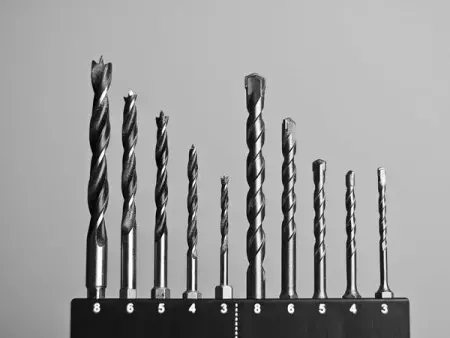
Cutting Tools
There are many types of cutting tools, such as: milling cutters, drills, circular saw blades, reamers, PCD (Polycrystalline Diamond) cutting tools, hole drills, lathe tools, stamping tools, etc. The quality of the cutting tool material will affect the surface quality, cutting efficiency, tool life and other factors. Therefore, the selected tool material should have a high degree of hardness, wear resistance, strength, toughness and heat resistance.The materials for cutting tools application that we recommend are as below.

